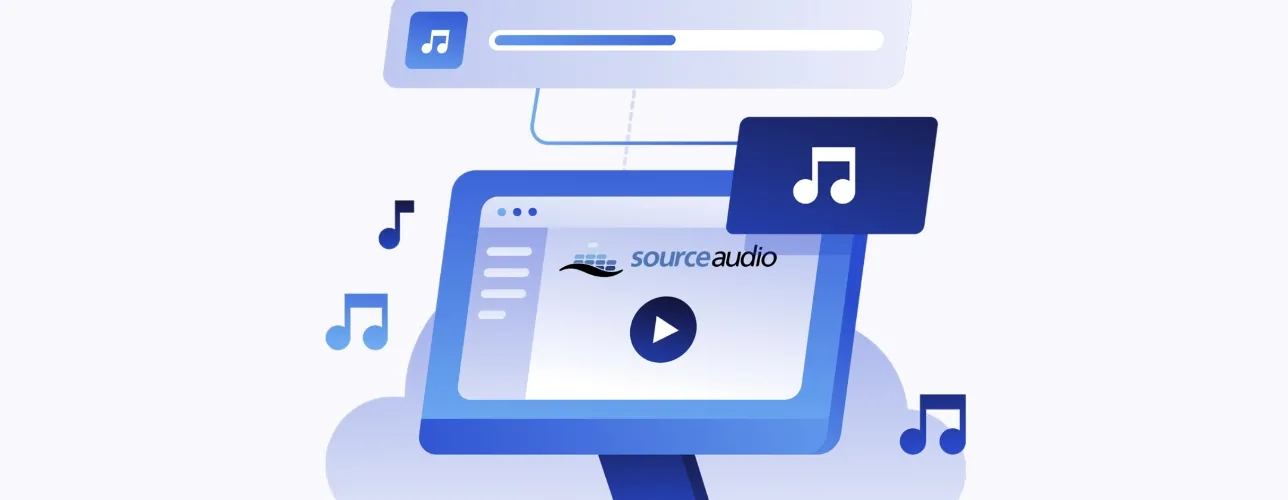
The explosive growth of media has resulted in ever expanding licensing opportunities for music creators. Their work gets played much more across a vast array of distribution channels and media outlets, but that multiplicity makes it harder to track when and where they should be paid for usage.
SourceAudio was founded as a B2B music technology platform for publishers, labels, broadcasters, production companies, and creative agencies. Recently the company added to its portfolio of products and services a music monitoring solution aimed at automating the process of identifying song titles, ownership and licensing authority, which until now has largely been a manual process.
"Believe it or not, royalties for music used in audiovisual media are still tracked and distributed through a decades-old system involving music cue sheets," said Hunter Williams, Executive Vice President, IP and Business Development at SourceAudio. "Sure, these days cue sheets are prepared and transported using software instead of paper and snail mail, but the input of the music details is still very much a manual process."
Until now, attempts to automate tracking have relied upon a technique known as fingerprinting, which works by sampling a segment of music and looking for key notes to match against a database of stored notes from thousands of other songs. While fingerprinting works in tracking some music that is broadcast, it falls short for the market that supplies most of the music for TV programming and commercials, i.e., the production music industry. It’s success rate detecting music cues shorter than 5 seconds is low; it is thrown off by samples, loops and sound design used in multiple songs, or by songs that are re-titled; and it struggles with ambient noise - all of the above being common features in production music environments. As a result, fingerprinting generates many false matches and missed detections.
SourceAudio has reinvented the model with SourceAudio Detect. The monitoring and reporting platform inaudibly embeds a digital code from Digimarc in tracks uploaded to SourceAudio’s cloud-based music database by clients that have opted into the program. The code can identify even short clips with total accuracy. SourceAudio Detect, powered by Digimarc, does this without distorting the original audio file. In fact, tests with longtime pro sound, recording and mastering engineers, all confirmed the code was inaudible.
SourceAudio Detect is currently on track to monitor more than 150 national broadcast and cable channels and approximately 100 local broadcast stations in the top 10 U.S. markets, with coverage continuing to expand. As demand for closer, more precise monitoring increases, SourceAudio plans to add new features enabled by Digimarc’s technology.
SourceAudio Detect will provide even more granular and useful information, such as whether the music detected occurred during a commercial or in the background of a show. This level of detail is designed to help Performing Rights Organizations (PROs) and their members (SourceAudio’s clients) apply and verify the correct royalty values to their performances. In addition, SourceAudio is using Detect to help PROs and media producers expedite and improve the cue sheet process. It’s also developing ways to better integrate its clients’ catalogs with PRO databases and reporting systems.
With these advancements and proven partners like Digimarc, SourceAudio continues to set the bar for broadcast performance monitoring, delivering an invaluable service to its clients. "Our ultimate goal is to provide better reporting tools and more reliable data for our customers and their PROs," Williams said. "We want to make the music licensing supply chain more valuable for everyone."

